Practice Wise 7/20/12
To the Cloud!
Many clinics are moving their computing needs to the cloud. What does that really mean? Not all applications in the cloud are created equally.
In simple terms, cloud computing refers to software applications hosted by an application service provider (ASP) that the end users access via the Internet. But not all applications in the cloud are the same. It’s important that practices understand what exactly they are getting when they move their applications to the cloud, and the overall impact on their organization.
No doubt about it, more and more opportunities exist in the cloud beyond your PM/EMR. For instance, QuickBooks Online, Microsoft Office, Exchange Server for e-mail, and many other programs that are used in the day-to-day operations of a practice. Most of these products are purely web-based, meaning you open up a web browser and work directly in it. For most of these applications, the limitations of a web page application are not necessarily rate-limiting factors.
However, when considering moving your PM and/or EMR to the cloud, there are many factors to consider.
Is the application a web-based application, where you log into a website and work directly in your browser? If so, what are the limitations of this type of application?
- You can only view one screen at a time, unless your vendor allows you to log into multiple sessions so you can toggle between screens / pages. This may not seem like a big deal to a provider in an exam room who is primarily charting in one screen. However, it can be an efficiency boondoggle for staff who need to view multiple screens at once (e.g., triage nurses, schedulers, billers).
- Can you scan directly into the application, or do you need to scan insurance cards and other point-of-service scans to a folder on your network and then browse from the web app back to the folder to attach the scan? This can be time consuming and result in mismatched records when done after the fact.
Is the application hosted on a remote connection instead of a web app?
- What does that mean for log-ins for your staff? How many log-ins will they need?
- Can you remote scan to the application server?
- Can you send and receive faxes from the remote server?
We have a few clients who have recently gone with dual remote applications. The PM and EMR are separate apps that are somewhat interfaced (demographics flow from PM to EMR, charges flow from EMR to PM). However, the staff now has five log-ins to access their hosted applications:
- Their local network log-in
- PM RDP connection log-in
- PM application log-in
- EMR RDP log-in
- EMR application log-in
We are seeing this cause considerable workflow issues for our clients. Just trying to keep all their log-ins straight is a challenge. The daily log-in process is cumbersome.
The clinic personnel are not network engineers, they don’t fully understand that when they log in to the various RDP connections, they are now on another server. When they browse and the network file structure does not look the same, it causes confusion and loss of productivity and even loss of documents that they can’t find once they save them.
Each of these log-ins has timeout periods and differing password change schemas, so the time required to keep all connections live can be a considerable effort. Especially on the clinical side, where someone might be logged in, go see a patient without their computer, and by the time they need to chart, have to repeat the 1-5 logins.
Bandwidth, bandwidth, bandwidth! Do you have enough bandwidth to support your entire staff to access your applications via your Internet connection and keep everyone happy with response times? This is a key factor in your success. We’ve seen clients go to hosted environments with DSL connections or a T1. It’s a nightmare! Make sure if you are using wireless laptops or tablets that they too have a strong, solid connection. It will add to your stress if you are fighting both wireless and Internet connectivity.
There are many valid reasons why moving to the cloud is the best thing since sliced bread. Total cost of ownership for IT is the most obvious. Let someone else deal with hardware costs and backups etc.
I’m not saying that the cloud is either good or bad. However, you must do your homework and hire someone to explain all the pros and cons to you. You don’t want to depend on your vendor to show you slick demo that makes it look like you are working directly on your desktop when in a remote session. You need a disinterested party who has nothing to gain financially from you to fully test each scenario and explain the benefits and risks, and help you analyze all your options thoroughly.
We’ve moved several of our key applications to the cloud and kept a few local on our servers. We feel that the mix is good, and our overall uptime and ease of use works well for our environment and uses. Best of luck to you!
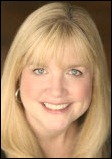
Julie McGovern is CEO of Practice Wise, LLC.

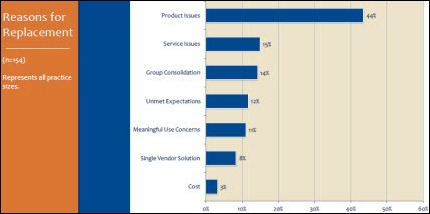
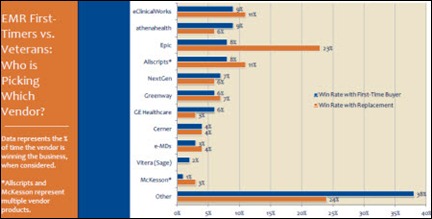
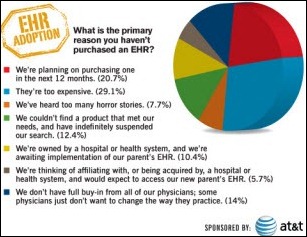
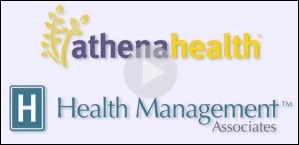


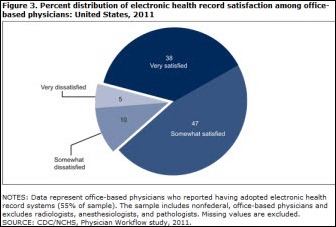
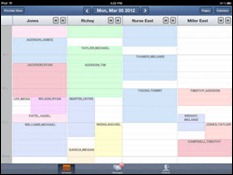


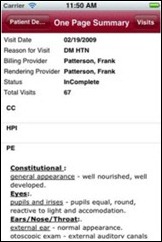
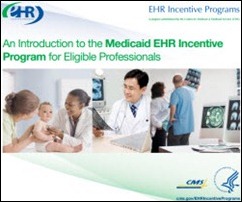
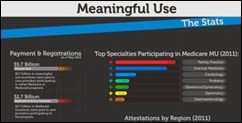



Re: Walmart Health: Just had a great dental visit this morning, which was preceded by helpful reminders from Epic, and…